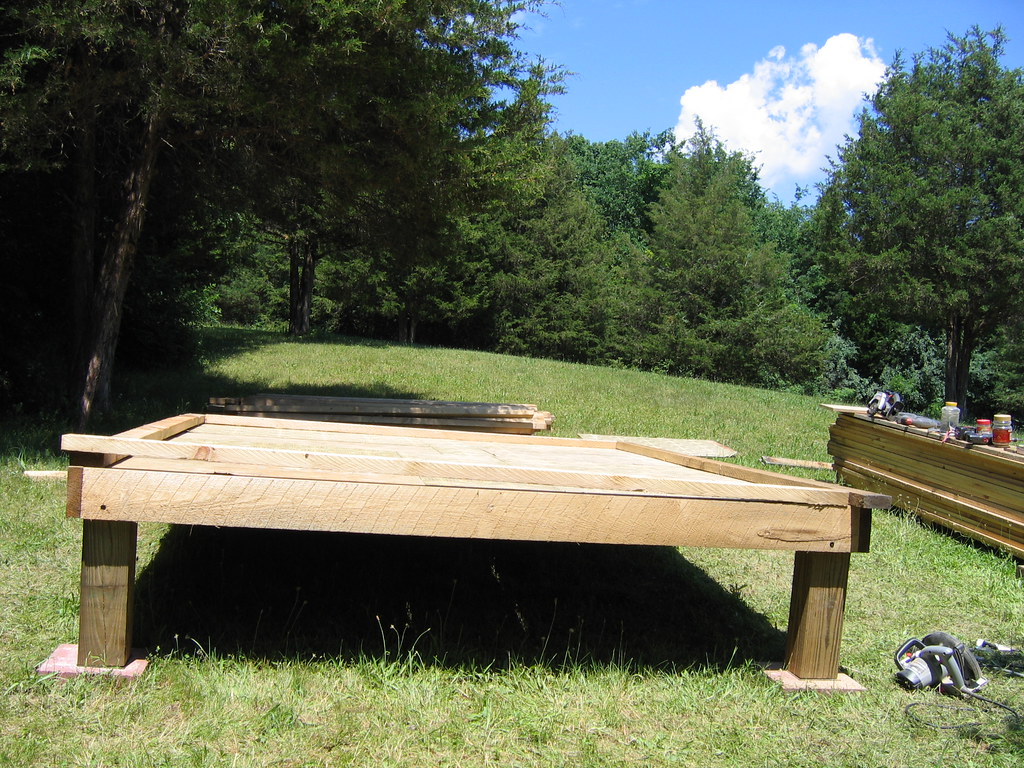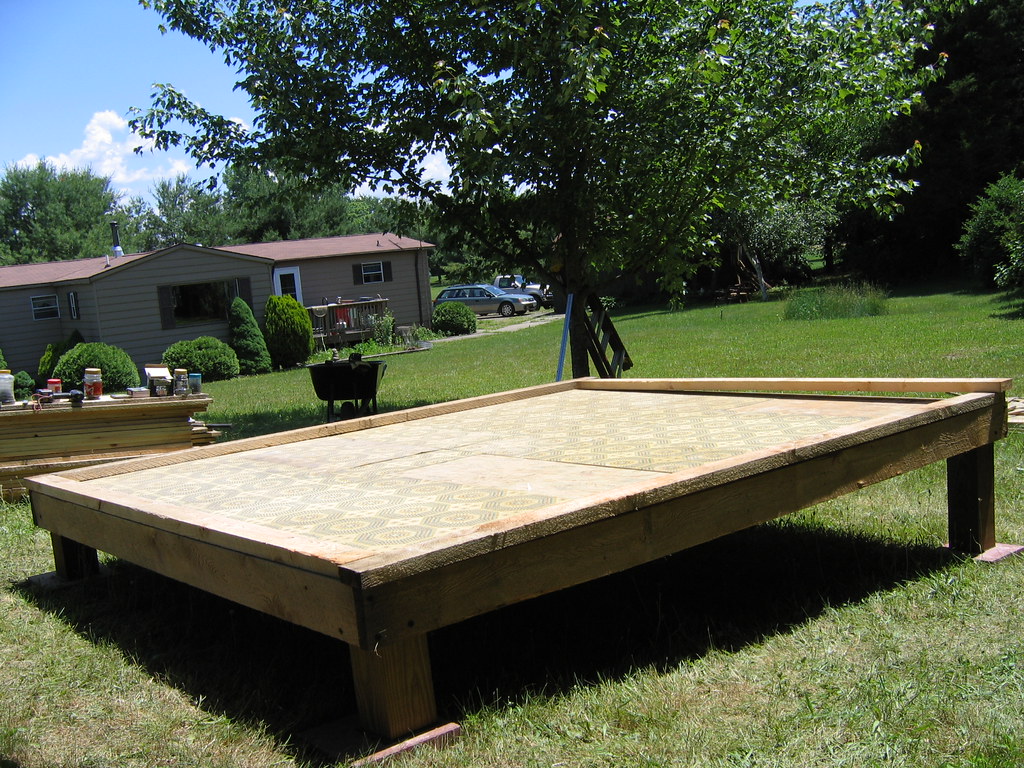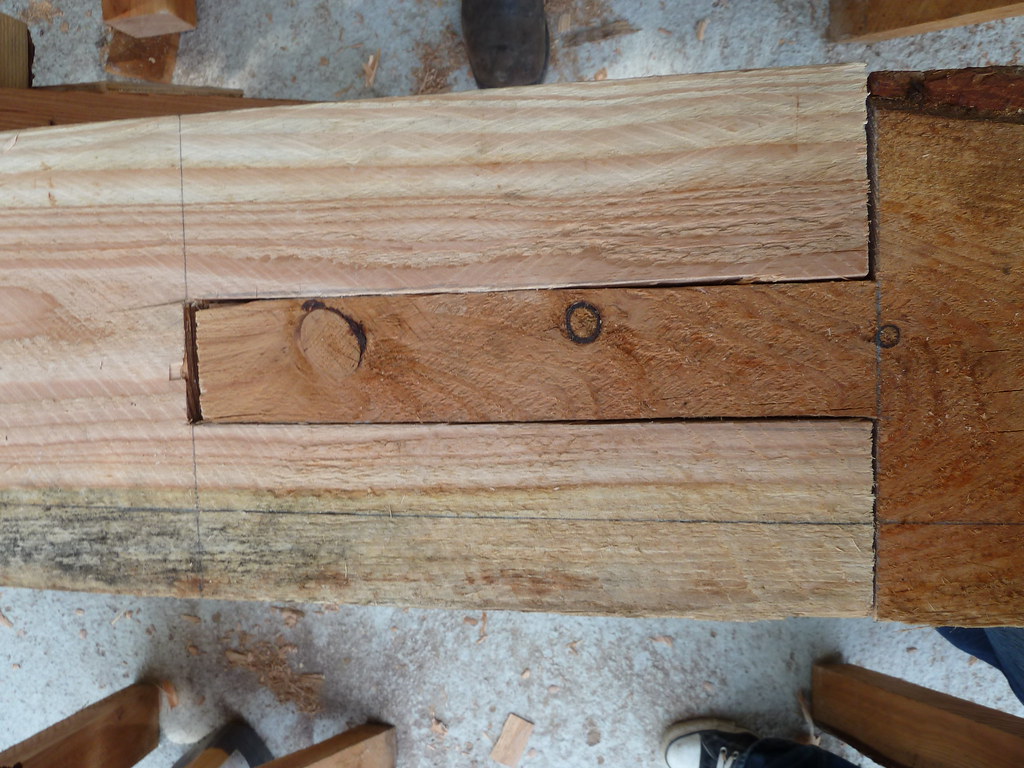Exploring the crucial role of the sill plate in construction, this component serves as the foundation for building stability and is integral to the structural integrity of homes and buildings. Did you know that the sill plate, also known as the sole plate, is the first piece of wood to be laid down on the concrete foundation, making it the literal building block for walls and structures? This introduction delves into the importance of the sill plate, highlighting its functions, installation processes, and maintenance tips to ensure a sturdy and safe construction.

Sill plates, also known as sole plates, form the critical interface between a structure and its foundation. These horizontal components, typically made of treated lumber, are anchored to the top of the foundation wall. They serve as the base upon which the vertical components of a building, such as the walls and columns, are constructed. Sill plates play a fundamental role in distributing loads from the structure to the foundation, ensuring the building remains level and stable. They also contribute to the overall structural integrity by anchoring the building to its foundation, which is crucial for resisting lateral forces such as winds or seismic activity. Understanding the role of sill plates is essential for homeowners, builders, and engineers alike, as it underscores the importance of proper installation and maintenance for the longevity and safety of any structure.
Sill plates are susceptible to a range of issues that can compromise the stability and safety of a building. One of the most common problems is moisture damage, which can occur from water seeping through the foundation and causing the wood to rot. This deterioration can weaken the structural integrity of the sill plate, leading to potential sagging or uneven floors above. Another issue is termite infestation, which can silently destroy the wood, often going unnoticed until significant damage has occurred. Additionally, improper installation, such as insufficient anchoring or the use of untreated wood, can leave sill plates vulnerable to shifting or failure under stress. Identifying these issues early is crucial as they can impact the building's overall stability, leading to costly repairs and, in severe cases, necessitating complete replacement of the affected sections. Regular inspections and maintenance are key to mitigating these risks and ensuring the long-term integrity of sill plates and the structures they support.

In addressing the vulnerabilities and damages in sill plates, modern construction and repair methodologies have introduced several innovative solutions. These approaches not only aim to repair the existing damages but also to reinforce the sill plate to withstand future stresses and environmental challenges. One such solution is the use of epoxy injection, which fills cracks and binds the sill plate material, restoring its original strength. This method is particularly effective for minor cracks and does not involve extensive disruption to the home's structure.
Another advanced technique involves the installation of steel brackets or plates to reinforce the connection between the sill plate and the foundation. This method is especially useful in areas prone to seismic activity, as it enhances the structural integrity of the building against earthquakes. Additionally, for sill plates that have suffered from severe rot or pest damage, the use of pressure-treated wood or metal sill plates as replacements offers a longer-lasting solution. These materials are resistant to moisture and termites, thereby providing an added layer of protection.
Furthermore, the integration of advanced moisture management systems around the foundation can prevent future water damage to the sill plates. This includes proper grading, the installation of French drains, and the use of waterproofing membranes. By addressing the root causes of sill plate damage, these innovative solutions not only repair but also significantly reduce the likelihood of future issues, ensuring the longevity and stability of the home's structure.

To ensure the long-term integrity of sill plates and prevent potential issues, homeowners and builders can implement several preventative measures. Firstly, maintaining a dry foundation area is crucial. This involves proper landscaping to direct water away from the foundation, ensuring downspouts are functioning correctly, and possibly installing French drains if necessary. Secondly, using treated wood or metal sill plates can provide an additional layer of protection against moisture and pests. Regular inspections for signs of moisture, pest infestation, or structural damage can also help catch and address problems early. Additionally, ensuring that the crawl space or basement is well-ventilated can prevent the buildup of moisture, further protecting the sill plates. By taking these steps, homeowners can significantly reduce the risk of sill plate damage, thereby maintaining the structural integrity of their homes.
Ensure the stability and integrity of your home by exploring the innovative Sill Plate Solutions we offer to fortify your home's foundation. A solid foundation is crucial to maintaining the safety and longevity of any structure. By securing your sill plates, you prevent structural shifting, improve insulation, and safeguard against pests. Don't wait for signs of damage; take proactive measures today to protect your living space. For more information and a comprehensive guide, visit our detailed [Secure Your Home's Foundation Today!] page and discover how you can reinforce the base of your domestic haven.